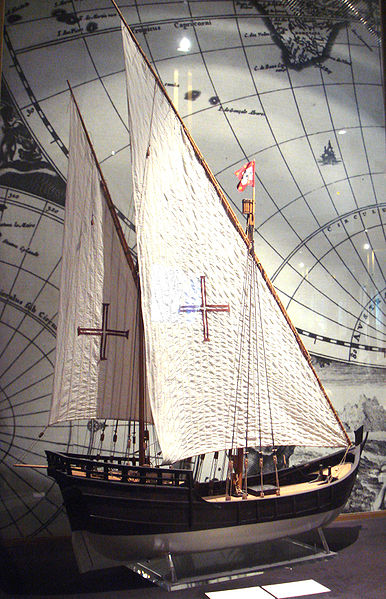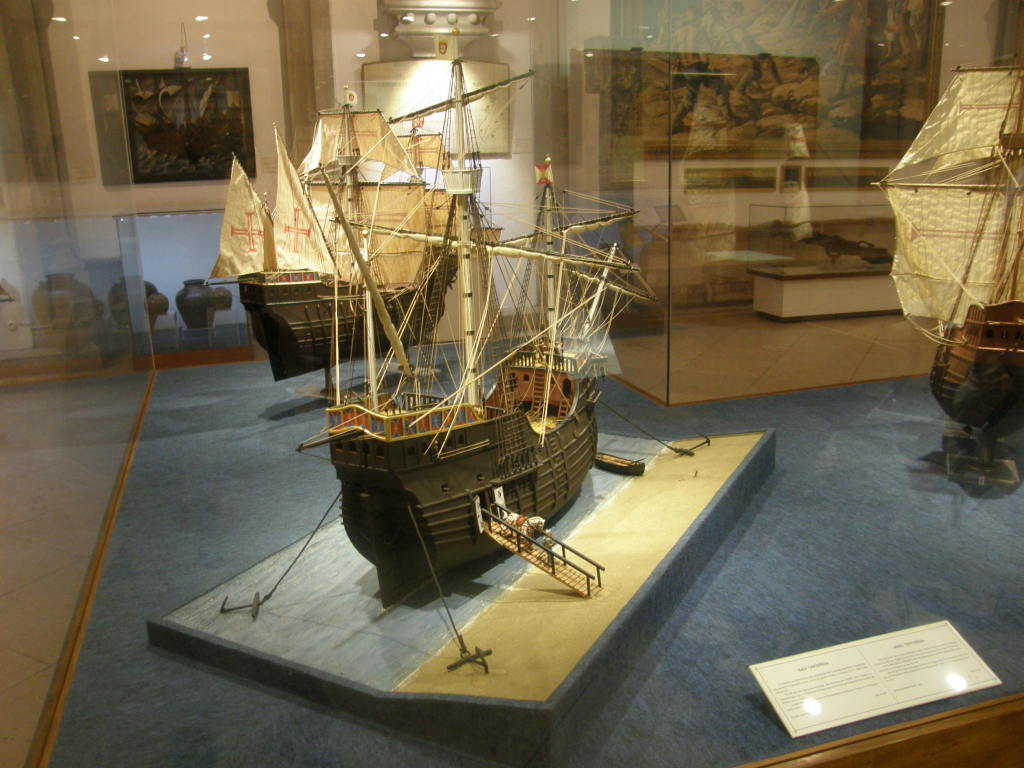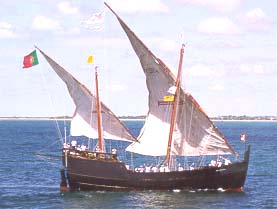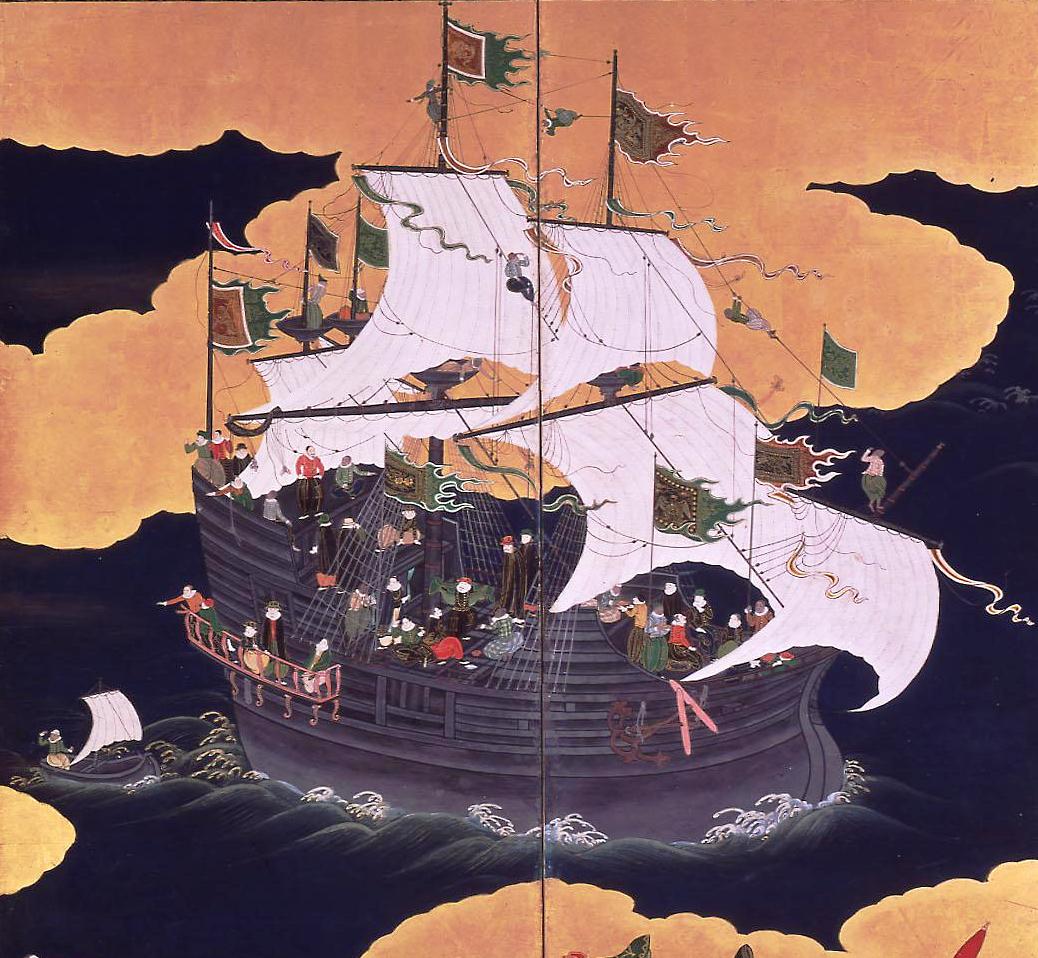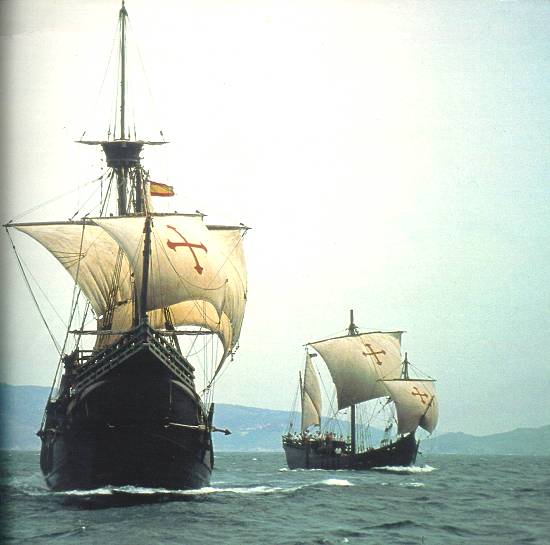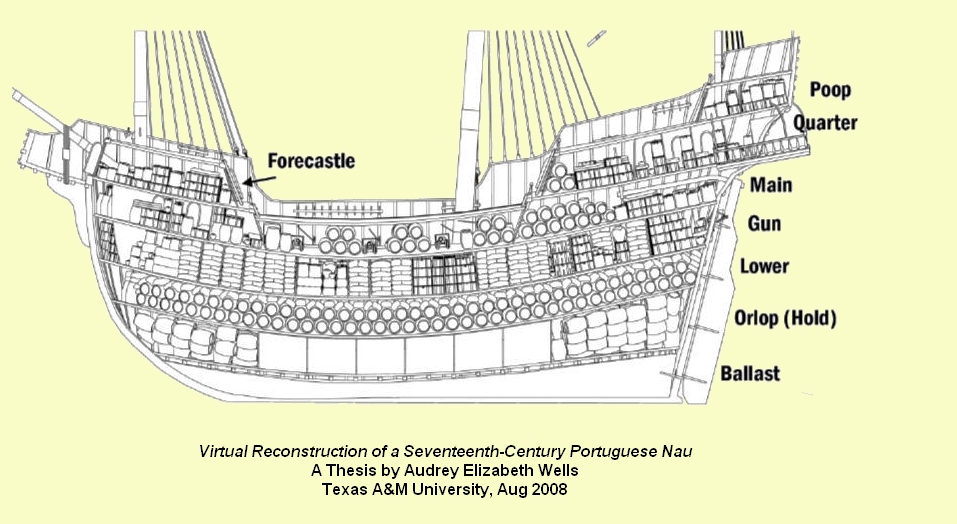Minchi: An Odyssey
by Armando "Pinky" da SilvaClick on the SEARCH icon and enter his ID number (6177) to be taken to his personal page
The odyssey of minchi starts with Kheema, the term used by many Indians for finely minced meat usually of goat and lamb. When Portuguese seafarers arrived in India in 1498 they wanted to affirm and distinguish themselves as Christians. The cow is sacred to Hindu Indians who are proscribed from eating its flesh, so to proclaim their affirmation as Christians Portuguese merchants and Christian converts made their Kheema with beef as a designation of their faith.
|
On to 16th century Malacca, which was the hub of the Maritime Spice Trade for sailing vessels converging from India, China, and South-east Asia. In 1511 Portuguese caravelas – relatively small but sturdy sailing vessels with broad bows, high poops, and lateen sails – arrived. The Portuguese promptly seized Malacca by force of arms and made it their trading settlement. They discovered that Chinese merchants from Fujian province had already pre-dated their arrival by many decades. Knowing that the eating of pork is forbidden to Muslims and following upon the principle established in Hindu India of relating dietary choice to religious and ethnic designation, pork was substituted for beef in the Kheema dishes eaten by Christians in Malacca. |
|
In 1513 Portuguese caravelas arrived in waters off the Pearl River estuary, that is, the waters off today's Macau. By the navigational standards of the day this arrival was eventful considering that Spain's Juan de Balboa, the same year, espied the Pacific Ocean for the first time atop a hill near today's Isthmus of Panama. In 1519 the Portuguese returned to the area with a flotilla of caravelas. True to form its crew promptly plundered coastal villages in the neighborhood. In retaliation, with their own tradition of piracy and predation, nearby Chinese seafarers in fighting war junks engaged the Portuguese vessels. Off the waters of today's new Hong Kong airport, and in the shadows of Castle Peak and Lantau Peak the war junks thrashed the caravelas. What remained of the defeated fleet returned to Malacca.Fast forward some 300 years later. In the very same waters, Macanese out of Macau, in the service of the provincial government of Guangdong, in their fighting lorchas, vessels with western hulls built for speed, and Chinese sailing riggings for maneuverability, evened the historical score by trouncing a larger Chinese pirate war fleet that threatened the neighboring waters of the Pearl River estuary. |
Back at Malacca the Portuguese realized that the whole South China Sea was not for them to conquer, control, or command. They must come to China not as seaborne conquistadores but as peaceful traders, and on Chinese terms.
In succeeding decades Portuguese traders and their mestizo and misturado crew of Fujianese, Malaccans, Ceylonese, Indians, Burmese, Thai, Cambodians and Vietnamese sailed out of Malacca and some South-east Asian trading ports for the coast of China. And with them came along the taste, smell, cooking style, ingredients and new crops that would define our Cozinhação Macaista (Macanese Cuisine).
The sailing vessel preferred was the most seaworthy Fujianese Tai Ngan KaiThe rock carving at the Ama temple in Macau depicts a Tai Ngan Kai. The early 19th century Macanese painter Marciano Baptista captured images of this vessel in his paintings. On a personal note, this writer on a return visit to Hong Kong in 1964 was fortunate to see a Tai Ngan Kai with red canvases in full sailing spread off Lantau island. It would be one of the last of its kind working the China coast. (Big Eyed Chicken) named after the "navigational eyes" on the prow and its high ornamental poop stern.
Portuguese traders maintained seasonal temporary settlements along the China coast. By 1543 Portuguese traders aboard a Chinese junk arrivedBy comparison, that same year, Juan Cabrillo (João Cabrilho) sailing in the service of Spain arrived in the waters off California near today's San Diego. at Kagoshima, the most southerly port in Kyushu, Japan.
In 1557 local Chinese authorities permitted the traders, many of them Lusodescendentes (of Portuguese descent) to establish a permanent settlement at a small peninsula on the western edge of the Pearl River estuary. Thus was born A Cidade do Sacrado Nome de Deus na China (the City of the Holy Name of God in China).
The opening of the Japan Trade soon followed in the mid-1560's. Japanese elites at Kagoshima and Nagasaki desired rare Chinese silks, gold, spices, and exotic European products such as woolens, clocks, firearms, and Western curios. In return Chinese merchants at Guangchow (Canton) wanted Japanese silver. Macau served as the intermediary port between China and Japan.
|
Enter the Kurofune, O Nau Preto (the Black Carrack). This 16th century Nau had three decks and gun ports for its cannons (remember that it was a "treasure ship"). Its billowing sails proudly sported the red Cruz de Cristo (Cross of Christ) emblem, which defined its mission. Every voyage of the Kurofune carried Jesuit friars, for the mission of the Kurofune was not only to establish commerce but to promote the evangelization of Japan to Catholicism. |
|
The Kurofune voyages impacted Tokugawa Japan. Its elites belonged to the Daimyo caste, military feudal lords with their own castles and retinue of samurai warriors and courtiers. Above them was the Shogun, the real ruler of Japan. (The Emperor was a ceremonial nominal figure with little imperial power.) The Jesuits, scholars all, produced the first Japanese-Portuguese dictionary. More important for us, they translated the first haute cuisine cookbooks used by the elites of Goa and Macau into Japanese. The Japanese elites enthusiastically embraced this introduced cuisine. The Macanese pork Kheema of that time became the Japanese Donburi, which to this day is served "with minced pork and egg over rice". Our porco pó bolacho (crumbed pork cutlets) became their Tonkatsu. Tempura and Teriyaki dishes have Macanese beginnings. The Portuguese Pão-de-Ló transformed into their refined Castela Cake. |
The Kurofune voyages made Macau one of the wealthiest places in the world for that time. This wealth allowed the Jesuits to build, with Japanese artisans, the most imposing church east of Goa, A Igreja de Madre de Deus (the Church of the Mother of God), and the seminary of Colégio de São Paulo (St Paul's College), and the noted contemplative retreat of hilltop Monte. Macau was indeed a Catholic city. Direct Portuguese administration was nominal and limited and subsumed to the standing Capitão-Mor (Captain-General) of the KurofuneEach year residents of Kagoshima celebrate Kurofune Day when a replica of the vessel is paraded in honor of the Japan Trade of yore. voyages supported by the Provincial head of the Jesuit Order resident at Macau.
The term minchi came relatively late into Macanese vocabulary. After the founding of Hong Kong in 1841 many Macanese sought residency there, settling at the mid-level bairro (district) of Mato-de-Mouro. In time as English became more entrenched in daily conversation, Minchi – from the English "to mince" – replaced Kheema to describe this savory culinary staple of the Macanese people.
Before the Pacific War, at the writer's household, pork minchi with egg over rice was served with watercress beef consommé soup (sai yeung choi ngau yoke tong). Spinach beef consommé soup (pohr choi ngau yok tong) was served with beef minchi.
Minchi, the comfort household food of the Macanese people. Deveras ranca-olhos corre-babu di sabroso! (Truly eye-wrenching mouth-watering delicious!) Viva minchi!
Sources:
